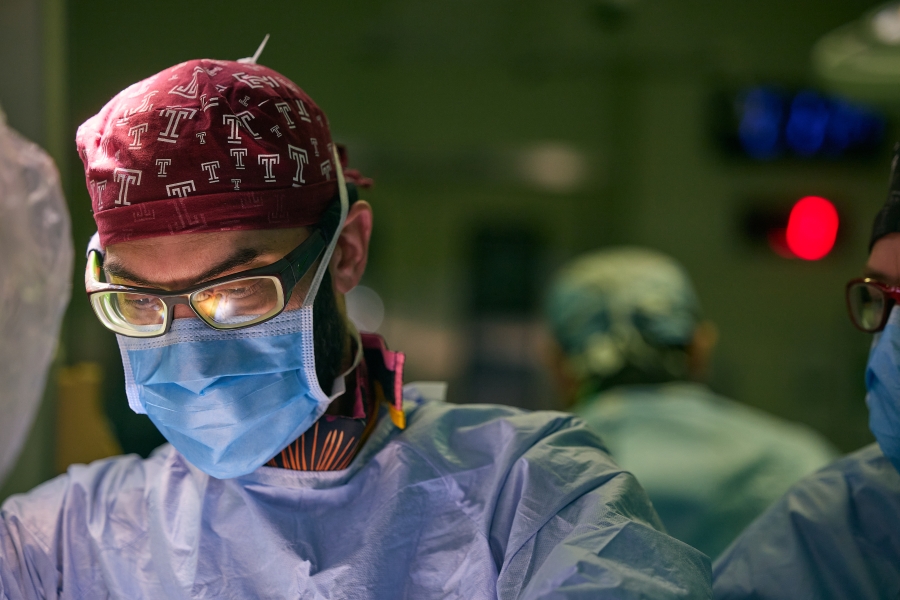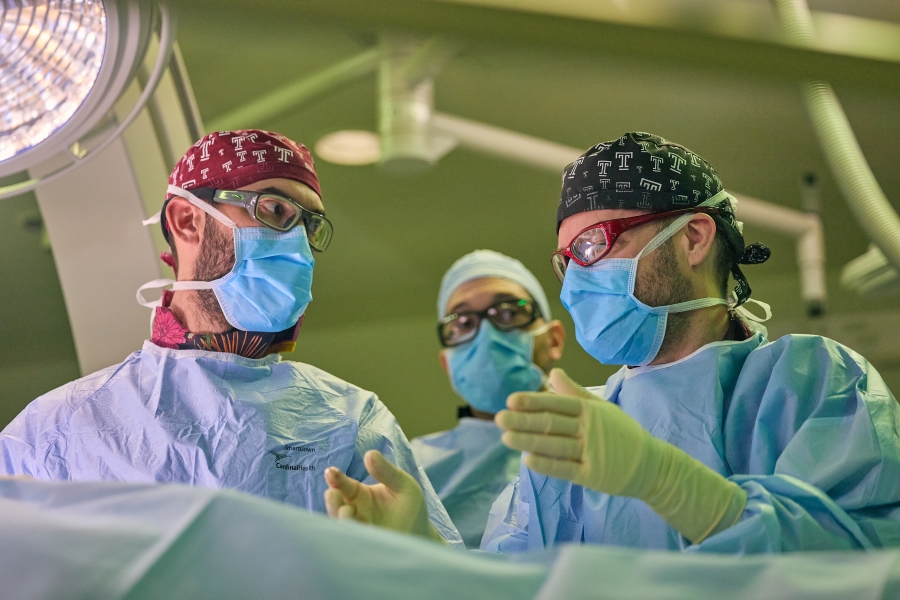If you or someone you love is living with advanced heart failure, you know how the condition can make a day-to-day routine feel out of reach.
I see how the shortness of breath and lack of energy make everyday activities like going to work, grocery shopping, taking a vacation, or exercising too difficult for patients. But I've also seen how getting back to doing things they love becomes possible again, thanks to a ventricular assist device (VAD). It gives people with heart failure another chance at life.
What is a ventricular assist device?
A VAD is a type of mechanical circulatory support. It’s an implanted pump used in patients with advanced heart failure whose condition doesn’t improve with medical therapy.
For some people, a VAD is a bridge to transplant, doing the work the heart no longer can until a donor heart becomes available. If a transplant isn’t an option, a VAD is permanently implanted and used as destination therapy to extend someone’s life.
Either way, a VAD gives people with heart failure an improved quality of life and more time to spend with the people they love.
How does a ventricular assist device work?
A small, battery-operated controller and two battery packs outside your body power the implanted pump. The pump is implanted in your chest adjacent to the heart or inserted into the heart.
A thin cable (called a driveline) runs from the controller to the pump through a small hole in the abdomen. The pump delivers blood from the left ventricle of your heart to the rest of your body. In other words, it helps your weakened heart do what it cannot on its own, giving you the energy to get back to doing your normal day-to-day activities.
How will my daily routine change with a VAD?
Living with a VAD will mean changes in your daily routine that will take some getting used to, but patients are happy to see how normal their “new normal” routine becomes. Here’s what to expect:
1. Waking up
When you wake up, your day starts with connecting your controller to batteries that have charged overnight. While you slept, your controller was plugged into an outlet near your bed.
Using a special bag to keep the controller dry, you can shower once you’ve been permitted by the medical team (no baths or anything that would submerge the controller). It’s also a good time to change the dressing covering the area where the driveline comes out of your body. It only takes a few minutes, usually only once a week.
2. Getting dressed
Getting dressed will include a new accessory to hold your controller and extra batteries. Some people use a waist pack, others prefer a bag worn over the shoulder. Shirts and vests with compartments for the controller and batteries are also options.
3. Powering through your daily routine
With a VAD, you’re ready to get to the activities of your day, whatever that means for you. Once your chest has completely healed after surgery, you and your doctor will talk about an appropriate time to return to driving and going back to work.
Throughout the day, whatever activity you’re busy with — working, exercising, gardening, shopping, housecleaning — your controller continually tracks how much power your batteries have. Two full batteries usually last 8–12 hours.
If you want to save battery power, you can plug into a wall outlet at work or home during the day, too. The controller, which weighs only about 3.5 pounds, sends messages and alarms that help you manage the system.
Always carry extra batteries in your bag!
4. Getting ready for bed
At bedtime, you’ll plug the controller in again and place your batteries on the charger so they’re ready to go the next day. You may be tired, but it’s because you’ve been busy spending your day doing things you did not have the energy to do before the VAD. With a ventricular assist device, your life’s not on hold anymore.
Support helps you welcome a new routine
Being attached to and dependent on a power pack may be hard to imagine, and making daily maintenance part of your routine may feel overwhelming. It’s why our medical team spends so much time teaching patients and their caregivers how to maintain a VAD before and after it’s implanted.
I see how caring for a VAD becomes second nature, like putting on glasses. My patients find that being able to live an active fulfilling life far outweighs the changes to their lifestyle and daily routine.
We’re dedicated to helping you live a full life
Temple Health was the first institution in the Philadelphia region to use an LVAD (left ventricular assist device) as an alternative to transplant. Our nationally recognized Advanced Heart Failure, Circulatory Support, and Transplantation Program includes some of the area’s most experienced cardiologists and cardiovascular surgeons, dedicated to helping you live as full a life as possible.
Helpful Resources
Looking for more information?


